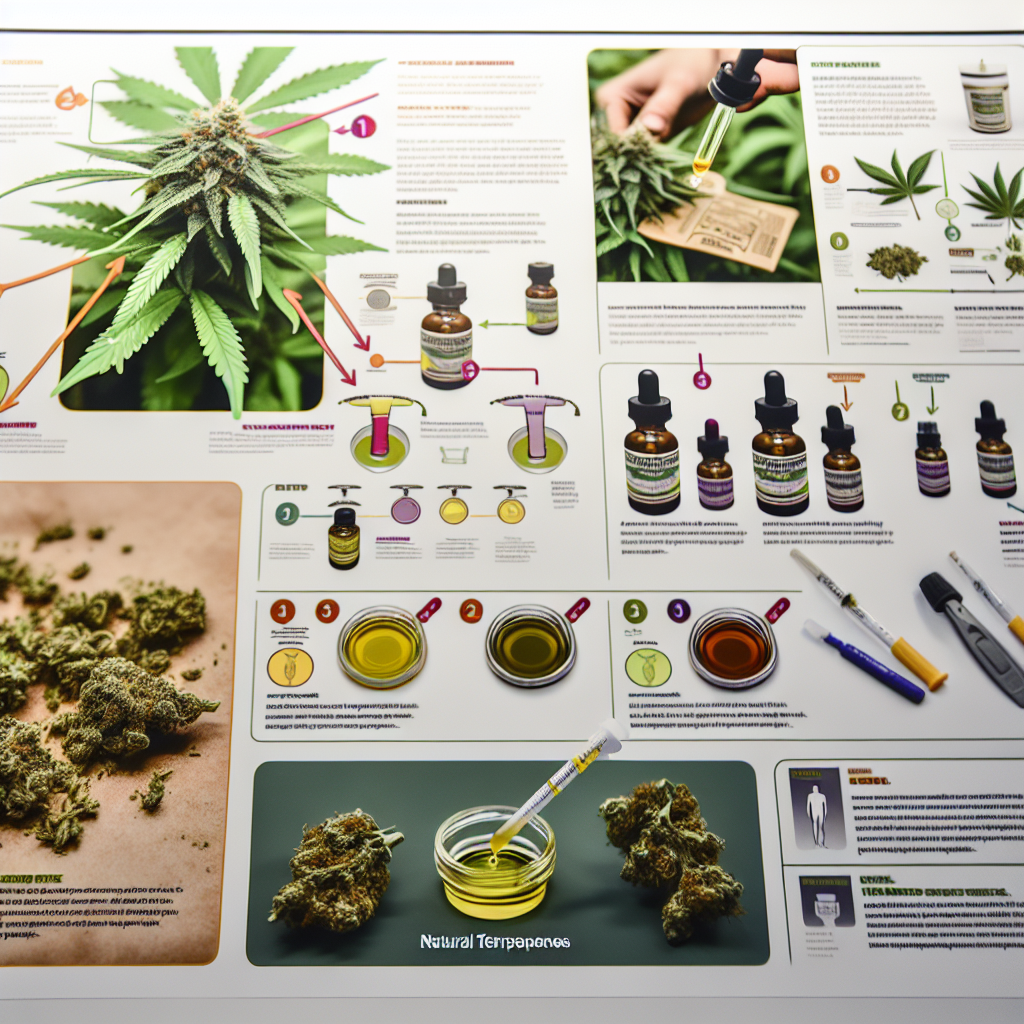Cannabis Sublingual Strips: Fast-Acting Alternatives to Traditional Edibles
Introduction
As the cannabis industry continues to evolve, so do the ways consumers choose to experience its benefits. While smoking and vaping remain popular methods for rapid effects, and edibles provide a longer-lasting experience, some consumers seek an option that offers both convenience and fast-acting relief.
Cannabis sublingual strips are emerging as a cutting-edge alternative, delivering the therapeutic effects of cannabinoids without the delayed onset of traditional edibles.
What Are Cannabis Sublingual Strips?
Sublingual cannabis strips are thin, dissolvable films infused with cannabinoids like THC, CBD, or a combination of both. These strips are placed under the tongue, where they dissolve and allow cannabinoids to be absorbed directly into the bloodstream through the mucous membranes.
This method bypasses the digestive system, leading to significantly quicker onset times—often within 10 to 15 minutes—compared to standard edibles, which can take 30 minutes to two hours to take effect.
Why Choose Sublingual Strips?
For consumers seeking discretion, sublingual strips are an ideal option. They are portable, odorless, and require no inhalation, making them a suitable choice for individuals who prefer not to smoke or vape. Additionally, the precise dosing of these strips provides consistent effects, which is especially beneficial for medical cannabis users who require accurate cannabinoid delivery.
Medical cannabis patients and wellness advocates are increasingly seeing the value of sublingual strips, particularly for conditions that require rapid symptom relief, such as chronic pain, anxiety, and nausea. These strips eliminate the unpredictability of traditional edibles that depend on individual metabolic rates for absorption.
As cannabis technology advances, more consumers and professionals are taking notice of the growing market for sublingual administration. Cannabis sublingual strips represent a significant leap in cannabis consumption methods, offering an innovative way to experience the plant’s therapeutic properties with precision and control.
Scientific and Medical Insights into Sublingual Cannabis
The sublingual route for cannabinoid administration has been studied for its efficiency in delivering rapid and controlled effects. Unlike traditional edibles, which undergo first-pass metabolism in the liver, sublingual absorption introduces cannabinoids directly into the bloodstream, leading to higher bioavailability and faster onset. This is particularly advantageous for medical patients who need immediate relief.
The Bioavailability Advantage of Sublingual Cannabis
One key aspect of sublingual cannabis benefits is bioavailability—how much of the active cannabinoid reaches circulation. Studies indicate that sublingual delivery can significantly improve bioavailability compared to oral ingestion.
Cannabis consumed via traditional edibles has a bioavailability range of approximately 4–20% due to extensive first-pass metabolism. However, sublingual administration bypasses this digestive breakdown, allowing more cannabinoids to reach systemic circulation efficiently ([Huestis, 2007](https://www.ncbi.nlm.nih.gov/pmc/articles/PMC2689518/)).
Research has also shown that sublingual cannabis delivers effects within minutes, making it beneficial for acute conditions like breakthrough pain or anxiety episodes. A 2018 study highlighted that THC and CBD levels peaked significantly faster when absorbed through the mouth compared to traditional edibles ([Millar et al., 2018](https://www.frontiersin.org/articles/10.3389/fphar.2018.01365/full)).
Comparing Sublingual Cannabis to Other Delivery Methods
Compared to inhalation, sublingual strips offer a smoke-free alternative that eliminates the risks associated with burning plant material, such as lung irritation or exposure to combustion byproducts. A study published in the *Journal of Current Pharmaceutical Biotechnology* suggested that sublingual administration presents a safer route for patients sensitive to smoking or those with respiratory conditions ([Rock et al., 2018](https://www.ncbi.nlm.nih.gov/pmc/articles/PMC5922297/)).
Another key advantage is precise dosing. Unlike inhalation, which can be difficult to measure accurately, sublingual strips contain pre-measured amounts of THC and CBD, making them a reliable option for both recreational and medical consumers. This consistency helps reduce the risk of overconsumption, a common challenge with traditional edibles.
Medical Applications of Cannabis Sublingual Strips
Beyond convenience, sublingual strips are gaining traction in medical cannabis treatment plans. Physicians and researchers recognize their potential for managing conditions that require swift cannabinoid delivery.
Chronic Pain Relief
Patients experiencing chronic pain conditions such as arthritis, fibromyalgia, and neuropathy may benefit from the rapid onset of THC and CBD in sublingual forms.
Anxiety & PTSD Support
Individuals with anxiety disorders or PTSD can use sublingual cannabis for immediate relief during acute episodes. Compared to edibles—which may take too long to alleviate distress—sublingual strips offer near-instant calming effects.
Nausea Management
Cancer patients undergoing chemotherapy and individuals with gastrointestinal disorders like IBS may find sublingual cannabis useful for controlling sudden nausea and vomiting.
Improved Sleep Support
Strips infused with indica-dominant or high-CBD formulations may help users fall asleep faster without the risk of grogginess linked to long-lagging edibles.
Conclusion: The Future of Fast-Acting Cannabis Consumption
Cannabis sublingual strips are revolutionizing the way consumers and medical patients use cannabis for therapeutic and recreational purposes. By combining rapid onset with discreet, smoke-free, and precisely dosed delivery, these strips actively address limitations associated with both inhalable and edible cannabis products.
Studies show that sublingual administration improves bioavailability and provides faster symptom relief, making it a promising option for those seeking immediate effects without exposing themselves to combustion hazards or unpredictable edible absorption.
As more cannabis professionals and researchers refine cannabinoid formulations, sublingual cannabis strips are poised to become a staple in the future of cannabis consumption.
References
– Huestis, M. A. (2007). “Human Cannabinoid Pharmacokinetics.” *Chemistry & Biodiversity*, 4(8), 1770–1804. [https://www.ncbi.nlm.nih.gov/pmc/articles/PMC2689518/](https://www.ncbi.nlm.nih.gov/pmc/articles/PMC2689518/)
– Millar, S. A., et al. (2018). “Pharmacokinetics of Cannabinoids in Humans.” *Frontiers in Pharmacology*, 9, 1365. [https://www.frontiersin.org/articles/10.3389/fphar.2018.01365/full](https://www.frontiersin.org/articles/10.3389/fphar.2018.01365/full)
– Rock, E. M., et al. (2018). “Cannabinoids and Their Side Effects.” *Current Pharmaceutical Biotechnology*, 19(3), 147–174. [https://www.ncbi.nlm.nih.gov/pmc/articles/PMC5922297/](https://www.ncbi.nlm.nih.gov/pmc/articles/PMC5922297/)
—
Summary:
Cannabis sublingual strips are a cutting-edge alternative to traditional cannabis consumption methods, offering a discreet, smoke-free, and fast-acting delivery system. These thin, dissolvable films infused with cannabinoids like THC and CBD are placed under the tongue, allowing for rapid absorption into the bloodstream and providing quick relief for conditions like chronic pain, anxiety, and nausea. Sublingual administration has been shown to improve bioavailability and onset time compared to edibles, making it a promising option for both recreational and medical cannabis users.




